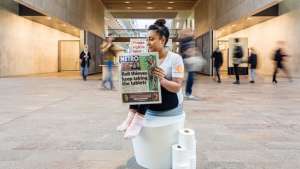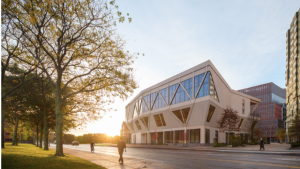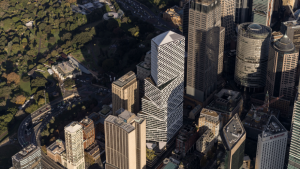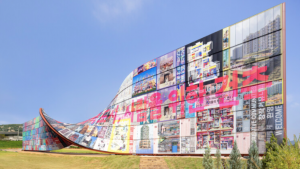From the Series
Architecture firms and city planners around the world create public infrastructure that will endure, support and sustain. But, not all architects do inherently noble work. Some designs intentionally manipulate human behaviour and divide us in subtle ways.
In 2013, a book called Unpleasant Design was published by Gordan Savičić and Selena Savić. It catalogues many cases of dirty architecture, structures that seem to deter certain groups deliberately and what’s more, they usually target the poor.
An early example of such questionable intention in city planning comes from 20th-century architect Robert Moses who designed low bridges across the streets of Long Island. The low overhead structures prevented buses from passing underneath them and by extension, made Long Island’s upmarket beachfront resorts inaccessible to mostly poorer people who depend on public transport. The addition of the bridges was heralded as a successful crime combatant, however.
Another example is the Camden bench of the United Kingdom. It is a public bench that is covered in a graffiti-resistant material and features an uneven, backless surface. The angular design of the Camden bench makes it almost impossible to lie down on an uncomfortable to sit on for longer periods of time.
Savić refers to the Camden bench specifically in Unpleasant Design and spoke to Popular Science about her dislike of such a manipulative design for a neutral, public space.
"Public space is the tool, object, and place of negotiation. When it becomes not negotiable, its publicness also becomes questionable.
It deters twenty-two things and it allows only two. It states the expectation that people will be nasty [and] makes an accusation that I don't think is just," she said.
A more recent small-scale example can be found in the ‘pig ears’ of San Francisco. They are sharp metal corners that were added to the edges of pavements and low walls to prevent skateboarders from skating in public areas.
Some examples of manipulative architecture do have objectively positive outcomes, but they fail to address the problems at its core. In the case of spike lines on rooftops and windows that keep pigeon swarms at bay (stopping them from fouling buildings), the solution merely moves the problem from one place to another.
This trend becomes especially alarming in cases where spike grids and rocky terrains have been installed on the ground for the direct purpose of banishing homeless people. Making the spaces under bridges and landscapes around shopping malls inhospitable does not alleviate the problem of homelessness and actually makes life harder on them.
Savić adds: "This kind of design becomes problematic when humans aren't aware of it. Or when it's done for the pure purpose of profit with little benefit to society in general. It's especially problematic when it targets certain groups, like young people or the homeless."














